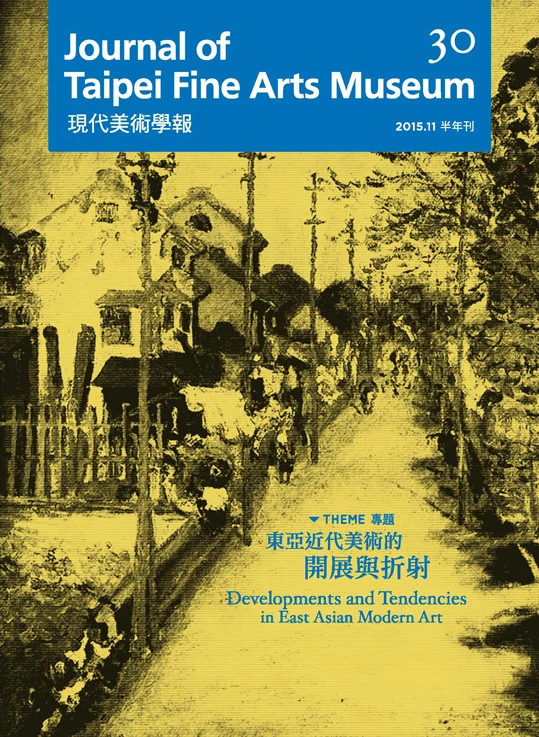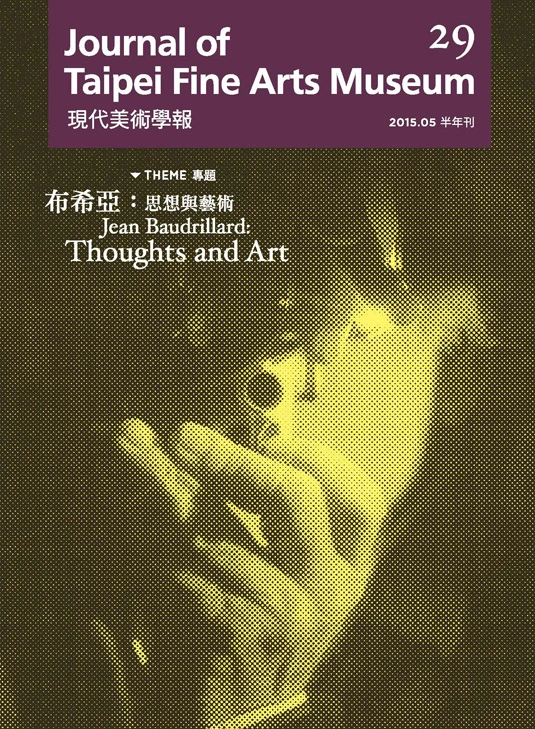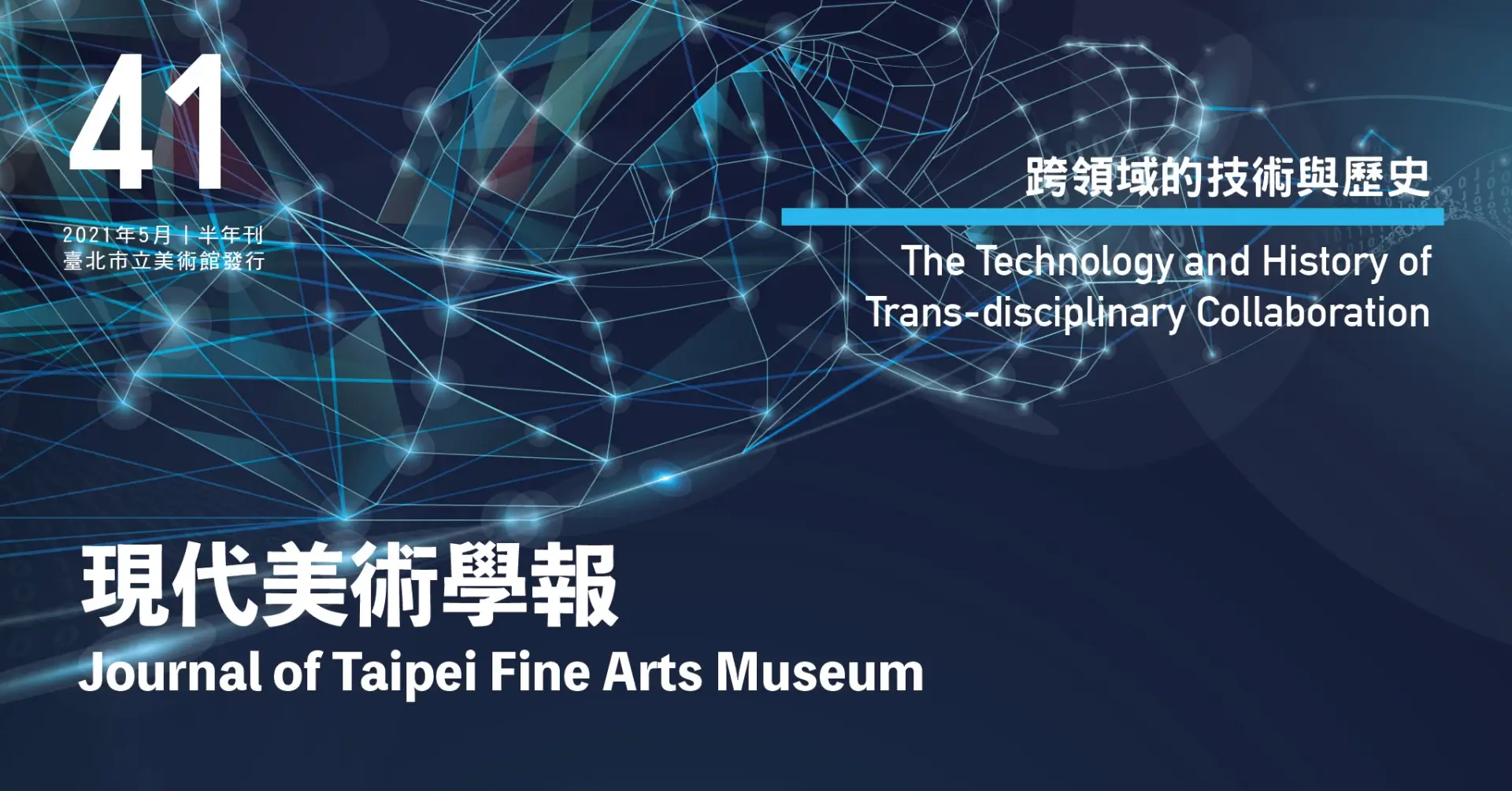摘要
本文以法國藝術家波東斯基自1968年起至1975年間的自傳式攝影作品為主要討論對象,探究藝術家如何賦予其影像具有堪比文學領域自傳文體的威力,以寫就出一部關於「波東斯基」的神話自傳。傳統自傳強調真實性,向來容不下半點造假虛構,而傳統攝影更如巴特所說,包含著「真實與過去」。透過分析這些根本不是波東斯基本人的「波東斯基」影像,本文嘗試在第一部分指出,波東斯基既不意在曝顯傳統自傳、攝影的不可能性,更反倒使兩者從其本質上即得為他那在標題上虛構的自傳式攝影背書。而整個創造神話人物「波東斯基」的大業,最終自然也僅留下關於「波東斯基」的普世記憶,本文於第二部分將接續此進一步論證,波東斯基因悅納並宣稱影像中的所有角色都是我,致使一張張「他者是我」[1]的照片所觸及並召喚的,只會愈加是與他人有關的生命與記憶,而再無他本人真實的記憶,以期最終提出記憶的建構與消逝,在波東斯基早期的自傳式攝影作品中,並非繫於其可靠性與否抑或單純地出自於遺忘,而是在他通過影像為自己作傳的過程中,波東斯基把它們給普世化了。
註解
- ^ 「他者是我」在符合英文文法的情況下,應譯為'Other is me.',然而這句怪異的英文為延續法國詩人韓波(Arthur Rimbaud)於〈1871年5月15日致保羅.德梅尼書信〉(Lettre à Paul Demeny, 15 mai 1871, 1871)信首寫下的「我是他者」(Je est un autre)一語的弔詭性,並據此開展本文的問題,在參照該句英文翻譯'I is an other.'後,選擇保留並調換語句中的be動詞與受詞用法。
關鍵詞
自傳式攝影、記憶、他者、波東斯基、「波東斯基」
Abstract
This article discusses the autobiographical photograph in French artist Christian Boltanski's early work from 1968 to 1975. The article examines how the artist empowered his photograph the features of autobiographical narrative in literature to create a mythic autobiography of "Christian Boltanski." Traditional autobiography emphasizes authenticity; thence there is always no room for falsification and fiction. And traditional photography contains "real and past", as Roland Barthes said. By analyzing these "Christian Boltanski" images that are not even Boltanski himself at all, the first part of this article attempts to demonstrate that Boltanski does not intend to highlight the impossibility of traditional autobiography and photography, but rather makes them necessarily endorsed his totally fictional caption in the autobiographical photograph from their essences. And the second part of this article continues to argue that it was precisely because of Boltanski's uses of photography allows him to claim that all the characters in the image were he, the photograph of "other am I" hence touched and summoned only the lives and memories related to others. The creation of the mythical character "Christian Boltanski" therefore left only the universal memory of "Christian Boltanski", and no real memories of him eventually. In light of this, the article concludes that the memory construction and disappearance in Boltanski's early autobiographical photograph are not tied to its reliability or simply result of forgetfulness, but instead in the process of writing his own autobiography through images, Boltanski made them universal.
Keywords
autobiographical photograph, memory, other, Christian Boltanski, "Christian Boltanski"






